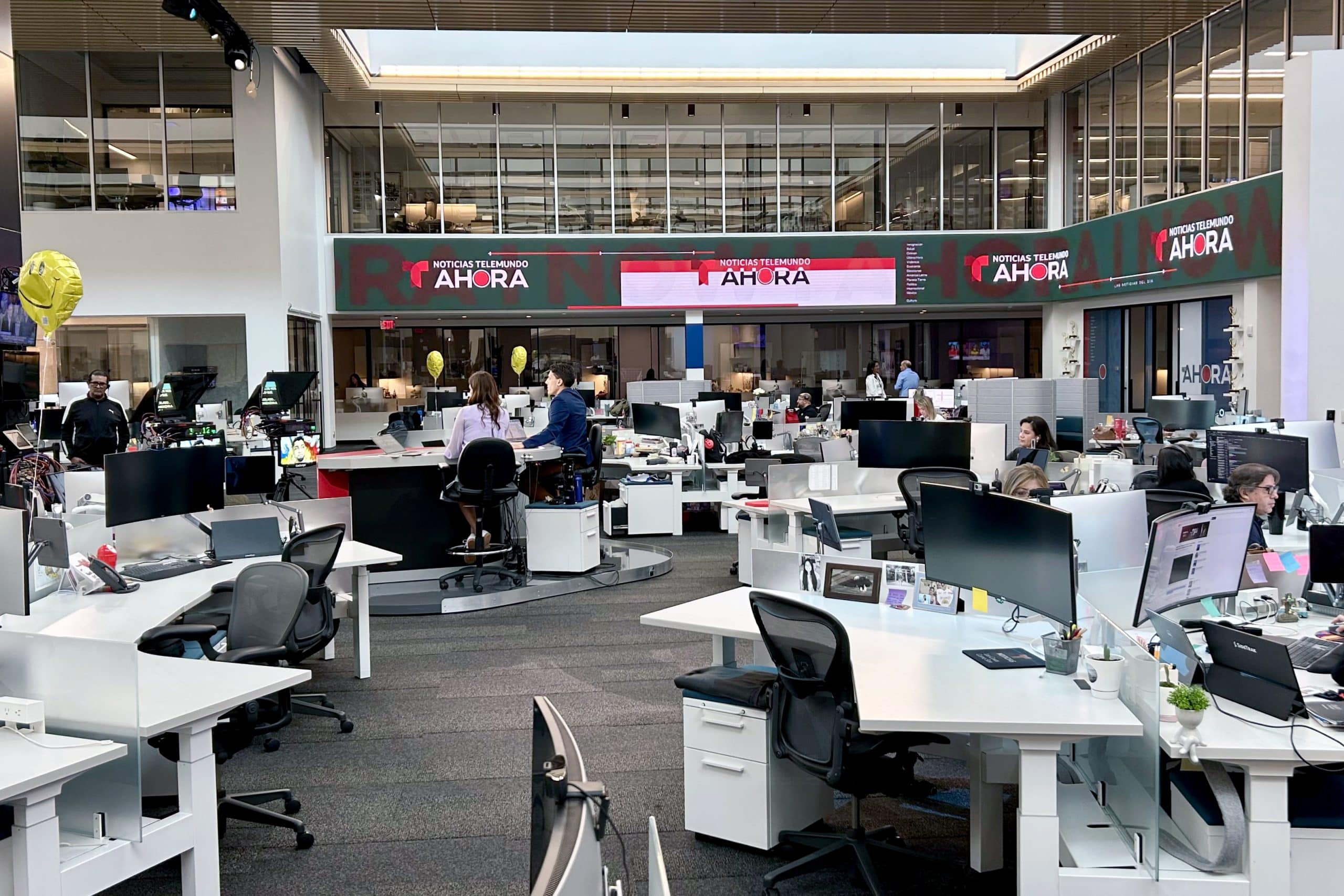For the past few years, SmartBid has been adopted to optimize Taboola’s advertisers’ conversions.
In the past, the industry standard for automatic bidding optimized campaign performance at a publisher or site level: if a publisher performed well for a certain type of advertiser, it increased the bid on it and vice versa. This optimization would not consider more granular aspects of the campaign’s performance such as time of day, location, platform and dozens of other variables advertisers care about. This meant advertisers still have to create multiple campaigns to address more granularity than the publisher’s performance.
Today we’re announcing Dimensions, elevating Taboola’s automated bidding technology SmartBid to what we believe is on the frontlines of our industry. Dimensions allows SmartBid to automatically look at 40+ dimensions on behalf of the advertisers so they don’t have to do it themselves. This ultimately results in better campaign performance, more conversions — without the need for advertisers to spend so much of their time manually optimizing in an ad dashboard.
Back to the early days of advertising — how it all started
In the beginning, there was only CPC: Advertisers would decide on a predefined fixed bid amount for each click, and that would be their bid to compete for impressions.
It seems simple, but using a fixed bid caused mediocre campaign performance: advertisers would get an amount of conversions that they tried to achieve. It’s almost amusing to imagine a world where advertisers had to place a CPC that would be static.
That’s how the advertising space used to be, before technologies like SmartBid were invented, advertisers literally needed to engage in a tedious series of long manual optimizations. The campaign manager would iteratively split budgets into more granular campaigns by geography, day and time, platform, creatives, and dozens more, and would manually follow and edit daily. This was tiresome and wasteful.
This way of bidding needed to be improved, but how? In 2018, we introduced SmartBid
To design a new solution, we needed to understand how an advertiser would ideally want to bid. Since not all users are the same, it doesn’t make sense to bid the same for all of them. Some users convert after seeing the recommendation and others don’t. To optimize for conversions, we’d ultimately wanted to bid higher on user impressions who are more likely to convert (so we won’t lose those auctions and impressions), and of course, bid much lower for users who won’t.
Taboola’s “SmartBid” algorithms do just that. It consists of a few deep learning models that help us figure out whether to raise or lower the bid on a specific request, just before the request happens. By predicting whether a user is going to convert or not on request time, and decide whether to bid, and how much. This means campaigns only spend money on worthwhile opportunities, raising the conversion rates (CVR) and lowering the cost per acquisitions (CPA) significantly.
How does this work? How can we predict if a user is likely to convert and a person is about to buy something?
This is where Artificial Intelligence (AI) comes into play. Taboola uses aggregated data from all previous pageviews on Taboola publishers and the conversions that followed, to create enormous 100M row datasets.
These datasets capture behavior and conversion patterns of users based on their engagement on publisher sites and advertiser campaigns across the Taboola network. We aggregate this data and use AI to deduce the probability of a certain person to convert on the exact webpage they are reading, on request time. These models are trained iteratively, so the data is fresh and has all the recent conversions patterns.
As of today, with the announcement of SmartBid Dimensions — the datasets we aggregate will go beyond the publisher level, and will start including many new, granular dimensions and signals mapping the readership and conversion patterns of our readers thus matching content and conversions.
The dimensions we use are ones that are used traditionally like platforms, geographical area, the time and the day of the week. But, we also use a lot of signals a person won’t be able to process like the user reading and converting history, features of the landing page, the taxonomies of the content and much more.
Going Beyond Human Capabilities, Less Work For Our Advertisers And More Conversions
With Dimensions, our AI is able to find these patterns undetectable for humans — and that helps us determine if a user is likely to convert in real time, even before they open a content page.
Now, we can perform optimizations tailor made for each recommendation. These patterns also improve our generalization between recommendations. The algorithm learns cross campaigns, shortening the time it takes for a new campaign to enjoy this feature.
Examples for how SmartBid would bid differently with Dimensions:
- Bid higher for insurance ads when users are reading a finance article. If a publisher performs poorly for a certain advertiser’s campaign, but one article is actually effective for that campaign, Dimensions will be able to lower the bid across the site, but increase the bid for that one article.
- Bid lower if it’s midday but the campaign contains content like “get a discount on breakfast.”
- Bid higher according to the user history, ie suggesting baby clothes if a user already bought diapers.
- Bid higher on users in zip codes closer to the business.
Now that the algorithm finds the best matches for each and every request, we display the recommendations that would potentially lead to the most post-click engagement. This drives significantly better performance with much less manual optimization.
I’ll mention that one of the reasons why it’s great for myself and the team to work on SmartBid is that not only do we improve our advertisers’ success, but we increase yield for our publishers and the open web. This also means we increase users’ satisfaction. It’s a true win-win for our community and user base.
We have a dedicated diverse team of AI researchers, building the SmartBid machine — aggregating the data, training and optimizing models daily, and deploying them to thousands of dockers across the Taboola cloud. The adoption rate for SmartBid has been 85% across Taboola’s advertisers, and we look forward to inviting the advertising community to experience Dimensions as of today.



